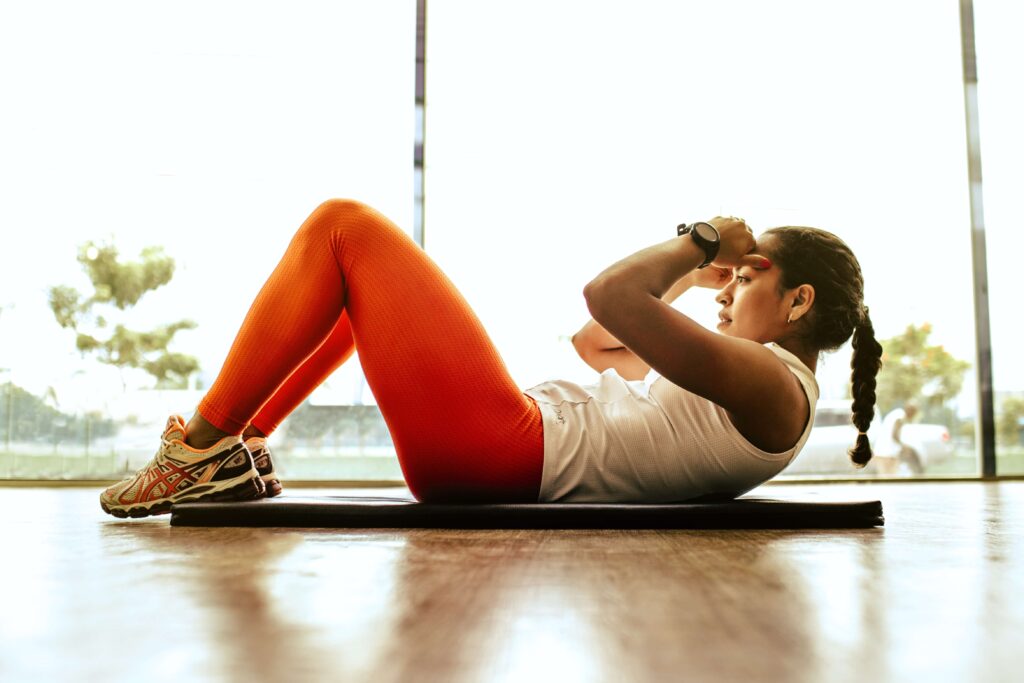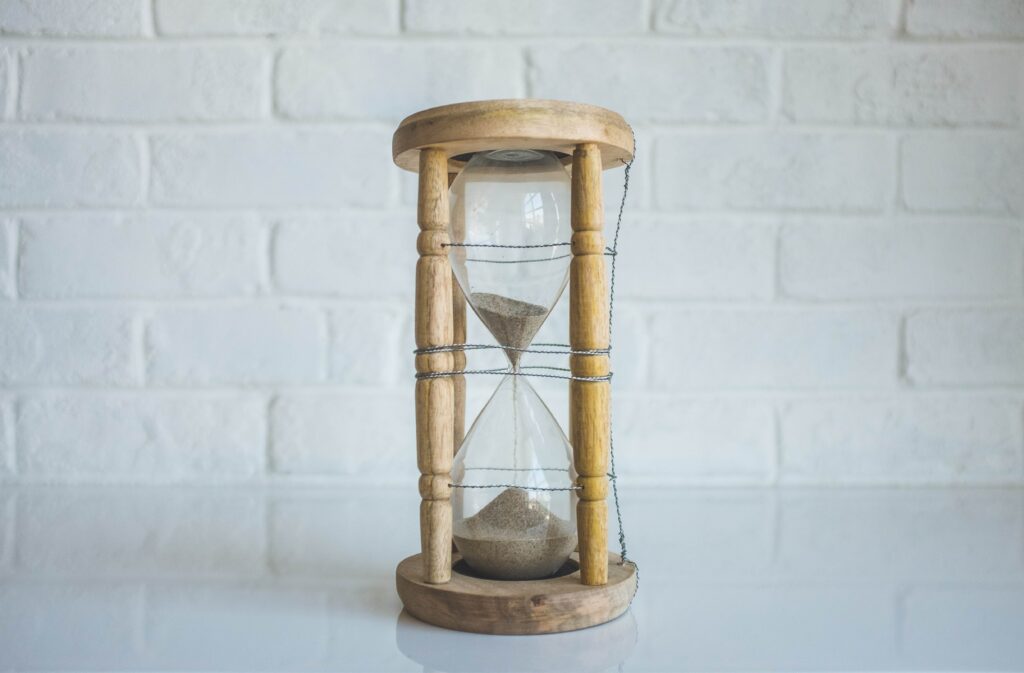
Association Between Exercise and Cancer
Hello friend! One of the recommendations for a cancer prevention lifestyle from the World Cancer Research Fund is to increase exercise and movement! Large observational studies across several different populations showed that a higher level of physical activity is associated with reduced cancer risk, especially for bladder, breast, colon, endometrial, esophageal, kidney, and stomach cancer.
How exercise decreases cancer risk
Several biological effects of physical activity could explain why this association exists. For example, exercise can lower sex hormones such as estrogen, reduce inflammation, enhance immunity, and speed up digestion (minimizing exposure to carcinogens). Additionally, physical activity can help you stay at a healthy weight for your body, which can further reduce cancer risk.
Additional Health Benefits
Exercise provides an array of health benefits that extend beyond cancer. Regular exercise and limiting sedentary behavior helps to prevent or manage many other chronic diseases such as type 2 diabetes, heart disease, and arthritis! Exercise can also improve your quality of sleep which plays a role in energy level throughout the day, food cravings, and mood!
Exercise During Cancer
Physical activity is not just important for cancer prevention and a healthy lifestyle, it can also help you in the presence of cancer as well. Only one-in-ten of those diagnosed with cancer will exercise enough during and after their treatment, even though cancer patients would benefit from being physically active. Exercise is increasingly being used alongside surgery, radiotherapy or chemotherapy with positive results.
Exercising before treatment – increases your strength so that you will tolerate treatments better. It can also reduce the severity of side effects and keep up your stamina, mobility, energy, and balance hormone levels
Exercising during treatment – preserves muscle mass to optimize treatment outcomes, balance hormone levels, support your immunity, improve sleep, and digestion
Benefits of Exercise During Treatment
- Reduces brain fog
- Improves mood
- Increases endurance
- Improves how effective treatments are
- Improves immune function
- Improves balance
- Reduces recurrence
- Reduces fatigue
- Improves range of motion
- Improves tolerance to treatments
- Helps maintain lean body mass
- Increases bone density
- Reverses deconditioning
- Improves quality of life
How much exercise do you need?
Current recommendations to reduce cancer risk are to get approximately 150 minutes of moderate-intensity aerobic physical activity or 75 minutes of vigorous aerobic activity. This can be broken up into 30 minutes 5 days a week or if you are really busy during the week, you can get it all in one go during a long walk or hike on the weekends.
How to Get Started

Before starting an exercise program, be sure to talk with your doctor to make sure that exercise is safe for you. Everyone is going to respond differently to physical exertion and you want to be sure that your body can handle the increased demands before you jump right in. Establish your baseline activity level (what is comfortable for you) and gradually increase as you get stronger. Knowing your beginning fitness level also gives you a realistic measure of where your body is at, so that you choose a program that is tailored to your current abilities. In my “Back to Strong! The Complete Cancer Strength Course” I provide specific workouts with the help of oncology physical therapists, trained in lymphedema and neuropathy, to help build back your strength and endurance, no matter what stage you’re in with your cancer journey.
Importance of Starting Slow
There’s a lot of rumors out there, like the 10,000 step challenge (which is largely based on a pedometer marketing tactic), the “feel the burn”, “no pain no gain”. But you don’t have to do all that! In fact, over exercising when you’re not conditioned can result in pain, giving up, or worse, getting injured. You probably shouldn’t start out running 5 miles every day or trying to bench your bodyweight. Starting slow will help you sustain your changes and continue to get the benefits of physical activity year after year!
Duration
If you haven’t been active in a while (or ever), it’s important to avoid doing too much! Lower impact, gentle activities like walking or biking can be an excellent way to ease yourself into a more active lifestyle. Start with 15 minutes a day (or whatever feels good to you) and slowly work yourself up to 30 minutes a day over several weeks or months. As you get stronger, you will be able to go for longer periods of time.
Intensity
You do want to be pushing yourself a little, and moderate physical activity is going to be different from light activity. If you’re not sure if it’s intense enough, try to talk! At moderate intensity, you may be able to carry a short conversation. At vigorous intensity, it will be very difficult to chat with someone! When your workouts begin to feel too easy, it’s time to kick it up a notch and lift more weights, run faster/farther, choose “intermediate” instead of “beginner” workout videos. You want to be challenged; that’s how you grow!
Track Progress
As you progress, keep a record. Know your baseline and document what you do. This will help you see improvements and stick with it!
If you don’t track your progress, you may not see how your efforts are producing benefits, making it easier to quit. Keeping measurement of your progress can also help you establish and progress towards fitness goals such as running *blank* time or lifting *blank* weight. Use daily, weekly, and monthly tracking sheets!
Switch it up!
Get a good variety of exercises into your program. This will keep your workouts interesting and prevent you from becoming bored. It will also train your body in a variety of ways so that you can get the multiple benefits.
- Cardio – (walking, jogging, running) good for your heart, circulatory system
- Strength training – (lifting weight, bodyweight exercises) helps you build and maintain lean body mass
- Stretching/Balancing – (stretches, yoga) helps to prevent injury and falls
Pick Something You Enjoy!

The quickest way to kill a workout routine is to choose something you hate. You are far more likely to stick to a workout that brings you joy and is FUN for you! You can dance, chase your kids, join a fitness class with a friend, go for a hike, swim, or kayak. Workouts don’t just happen in the gym!
“But I don’t have time!”

Now I will admit, we don’t all have the same 24 hours in the day. It can be extremely difficult for someone to incorporate fitness based on location, finances, and time demands. So I’m not saying “NO excuses!” because life is not that simple, however there are a few things you can try if you find there is no time to walk or head to the gym.
1. make your commute a workout
If you work close to where you live, try speed walking, jogging, or cycling to work instead of driving. Make sure the area is safe, and dress appropriately for the weather!
2. workout during lunch
Again, this may not work if you have a 15 minute lunch break. However, if you do have a job that provides a longer break, use that time to head outside and walk around. If your office has a gym, that’s even better!
3. Take a break from sitting
Taking short breaks to be active, even if you’re just walking around the office to get something off the printer, will help keep you active during the day and break up periods of sitting!
4. take the long way
Take the long way when you have a few moments to spare. This might mean taking the stairs instead of the elevator, parking farther away from your office, or going to the bathroom that’s across the building instead of right by your desk.
5. Take walking meetings
You may be able to take your work call on the go and walk around outside. This works well if you’re not the one doing most of the talking.
6. Encourage an attitude of being active
Invite coworkers to go to the gym with you or plan a department hiking trip. This can also boost morale and help you get to know those you work with a bit better!
Closing
There are so many benefits from physical activity, regardless of the stage in your cancer journey. Make sure you are being safe and choose what you enjoy! Pairing exercise with a balanced diet, avoiding tobacco and alcohol can together greatly reduce your cancer and chronic disease risk while also improving your quality of life! Let’s get moving!
If you just read this and you are curious about how to make small steps to reduce your cancer risk, then 15 Steps Closer, my new 15 day challenge is perfect for you! Starting May 24, 2023 up until June 8th 2023, I am going to help you turn cancer prevention knowledge into ACTION and cheer you on as you take each step to a healthier YOU! Let’s do this! Click here to join!
This blog is not intended as medical nutrition therapy, medical advice, or diagnosis and should in no way replace consultation or recommendations from your medical professional.




